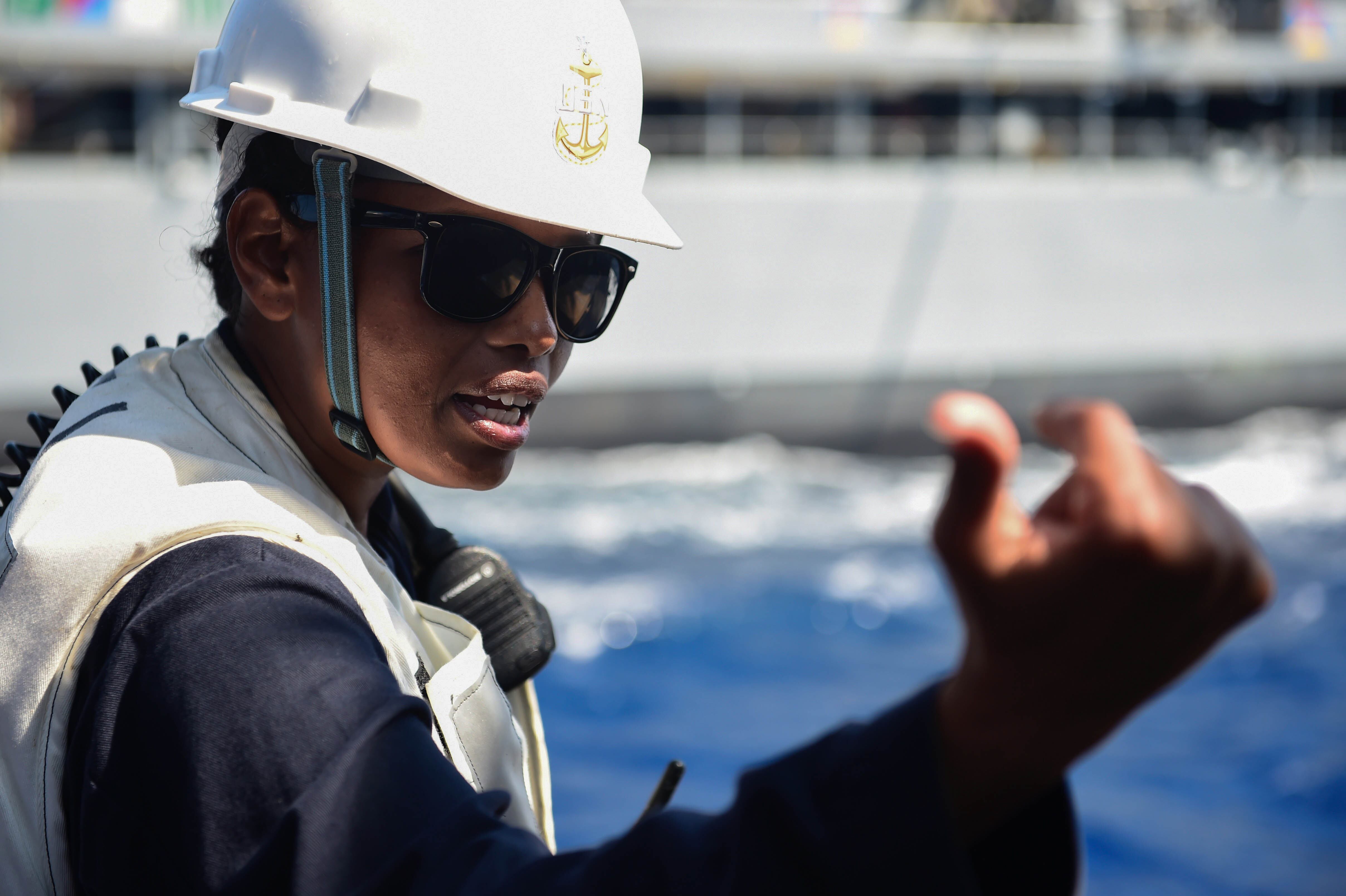The No. 1 priority of the Manpower, Personnel, Training and Education organization is to man the fleet.
The Navy has been suffering from a shortage of supervisory-level enlisted leadership, which we’ve tried to manage through programs like the Voluntary Sea Duty Program and Selective Early Return to Sea. While we’ve made some progress, it is not enough — we can no longer manage this slow hemorrhage of talent and expertise where we need it most: On our frontline combat units.
That is why we are taking more directive steps to improve fleet manning and warfighting readiness, focusing this time on senior enlisted supervisors with our new Chief Petty Officer Redistribution Policy.
This is being done principally because the pursuit of combat readiness is no longer tenable without getting our supervisory-level enlisted force where we need. It is also in recognition of the fact that the chiefs mess is a lean, all-in cadre of professionals, indispensable to mission success and requiring careful management to enable readiness.
RELATED

Through this policy we will place a greater emphasis on fleet needs and on deliberate career management, aligning us more closely with the way officer placement has always worked.
Every year we advance to vacancies, anointing new leaders, but subsequently failing to then recapitalize on these selections by moving them into the very jobs we selected them for.
The exception to this has been the submarine community, which leverages their new talent pool by routinely assigning them back to sea wherever there are gaps. They have had great success doing this, and extrapolating this process across the entire chiefs mess will help decrease manning gaps for operational units and put our chiefs of all ranks exactly where we need them.
To be sure, some will not love this new policy. Others may think this is the end of sea-shore flow. There are concerns that orders will just show up in the mail one day. But nothing could be further from the truth. Engaged leadership will consider human factors, the needs of the community and the needs of losing and gaining commands — all weighed against each other — to ensure we make smart decisions that don’t break our people or our readiness.
When selected for chief, senior chief and master chief, we are reminded that we have not been selected as a reward for our achievements, but identified as having the tools and the talent to take our craft to the next level. As our Chief Petty Officer Creed says, “More will be expected of you; more will be demanded of you.”
Chief petty officers are sought out for their technical expertise, practical experience, pragmatic approach to problem-solving and the ability to simply “make it happen” and get the job done. But perhaps our most important calling is to train and coach our newest sailors. In other words, to lead.
To effectively do that, Chiefs are needed where it counts — on the deckplates at sea. And our new CPO redistribution policy will help us accomplish this more effectively.
While this policy may introduce some unpredictability when it comes to length of time ashore, we should be excited that leadership recognizes the Navy cannot live without the professional talents of our mess, and that we will enjoy similar professional detailing and assignment placement as officers currently do.
As a mess, we should embrace this new policy, as it speaks to who we are and what we stand for. From our creed to what we teach throughout CPO 365, our chiefs are prepared for this and will rise to the occasion.
Fleet Master Chief (SW/IW/AW) Russell L. Smith is the Navy’s fleet master chief for Manpower, Personnel, Training, and Education.




